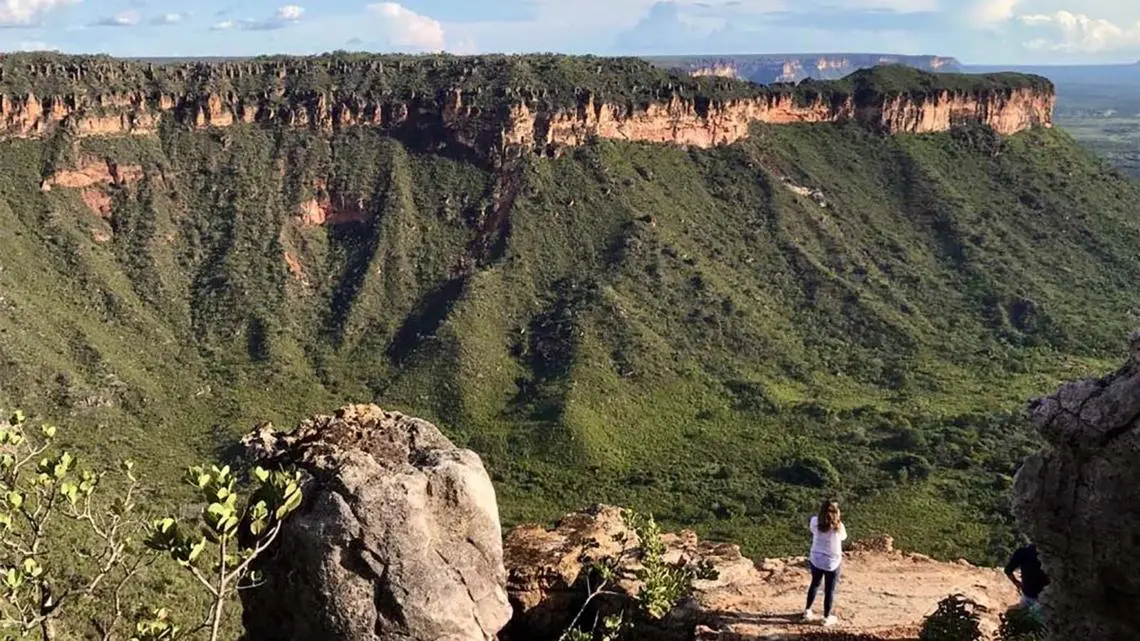Authors
Nicoletta Pavese
The following text and images are from a personal blog post from WBCSD’s Soft Commodities Forum (SCF) Manager Nicoletta Pavese where she shares her journey in connecting with soy producers in the Western Bahia State
In a world disrupted by COVID-19, as things grind to a standstill and traveling becomes a luxury put on hold, it’s hard to believe only two months ago I was flying over the Atlantic Ocean for my second official trip to Brazil. As our lives have significantly changed in the past two months, feeding a growing population while preserving the limited resources we depend on is now more than ever one of the most important and pressing balancing act. Working with producers on sustainable agriculture and the delivery of resilient supply chains has become even more urgent as we grapple with a future likely made of disrupted trade flows and supplies.
Let’s rewind back to Brazil though. I traveled there as part of my work with WBCSD’s Soft Commodities Forum which brings together six of the leading soy traders globally, striving to promote sustainable soy production. Our current focus is the Brazilian Cerrado biome, so where I ventured, ready to engage with perhaps the most critical stakeholder of all: farmers.
After six hours of travel from Brasilia, eating kilometers, state line after state line, I arrived with one single objective: experiencing the heart of Brazilian soy production and speaking to those who make a living from it.
My destination was Western Bahia. I was surrounded by what felt like an ocean of soybean, vivid green, fading to yellow as harvest time gets closer. There can’t possibly be more soy in the world! But in reality, while this crop occupies roughly 65% of all the cultivated area in Western Bahia, there is much more being planted and harvested every year in this enormous country. Brazil’s soy production for 2019/2020 is predicted at 122 million tons. Approximately 60 million of these will be produced in the Cerrado, by over 42,000 soy growers.
Western Bahia is one of the most important soy frontiers of Brazil. Agricultural expansion here begun in the early 1990s, when the burgeoning Chinese demand for soy could no longer be met by internal markets. Coupled with growing urbanization within Brazil, many people moved North to look for fortune and new land. Luis Eduardo Magalhaes, the city where we make our base for this trip, didn’t even exist 20 years ago, and now counts approximately 150,000 people making a living from soy production and other related activities. Producers, traders and agronomists are really the lifeforces of this place.
Among them are Amanda and Roberto, who greeted us in their 7,500 hectares soy farm. Over coffee and some lunch, we talk about the new realities of being a producer in 2020, and how technology has allowed them to dramatically increase their yields, while demanding constant upskilling and reinvention. Despite challenges, including increasing frequency of droughts due to climate change, their pride and passion for their work is clearly visible, especially as Roberto gives us a tour of the farm facilities and stops by the side of the road to show us the progress on its current soy crop.
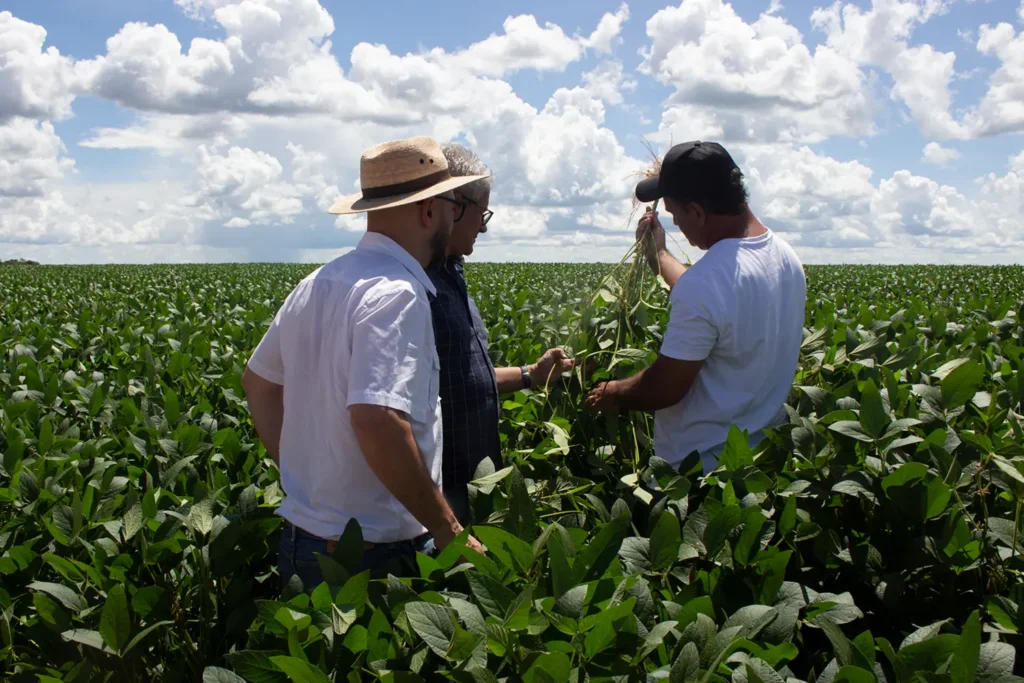
During the visit, suddenly, we took a turn into what looked like an enchanted forest, with colorful birds and intricated labyrinths of branches. It’s a sharp contrast to the soy, we were still on the property, 20% of which is covered by Cerrado native vegetation. By law, producers in the Cerrado must maintain 20% of their property in legal reserves, i.e. covered in native vegetation which cannot be converted into crop production. At the international level, this is often seen as an insufficient amount to guarantee the supply of vital ecosystem services, and a lot of pressure is put on producers to maintain more than the legally-mandated amount, or to restore degraded land on their properties.
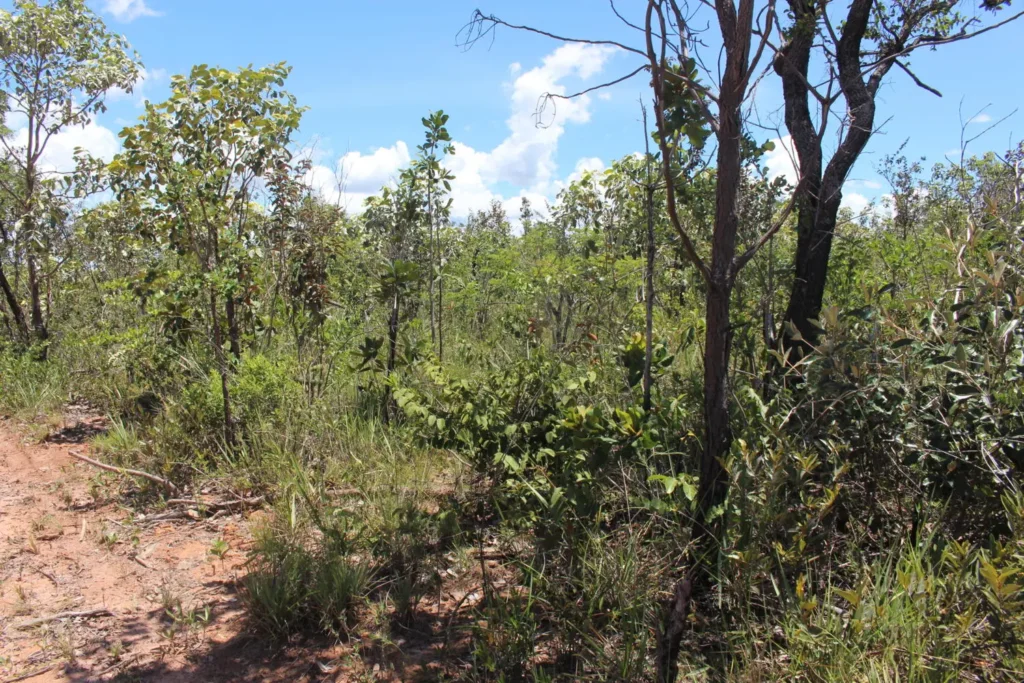
I asked Roberto about these pressures, and whether he feels producers are being adequately involved into finding the right balance between production and conservation. I ask this question a lot over the following two days, trying to wrap my head around the role of producers. It seems obvious that those who own, farm, protect the land and depend so deeply on it, would be the ones driving a movement to manage it sustainably, and be recognized for it. For the most part, what I observed in the few days spent amongst them seems to support my assumption.
These producers are innovative, they invest in precision application to reduce the use of chemicals, or in soil science to increase their productivity and reduce runoff and compaction. In many cases, they find innovative ways to maximize productivity in their existing land, by sharing resources with livestock producers. Roberto, for example, sowed grass in between his rows of soy a few months before harvest and lets livestock farmers bring their cattle to graze in the months in between crop seasons, in exchange for a part of their profit. Many others are investing into livestock and crop integration in a similar way, to supplement income and avoid expansion of soy into native vegetation.
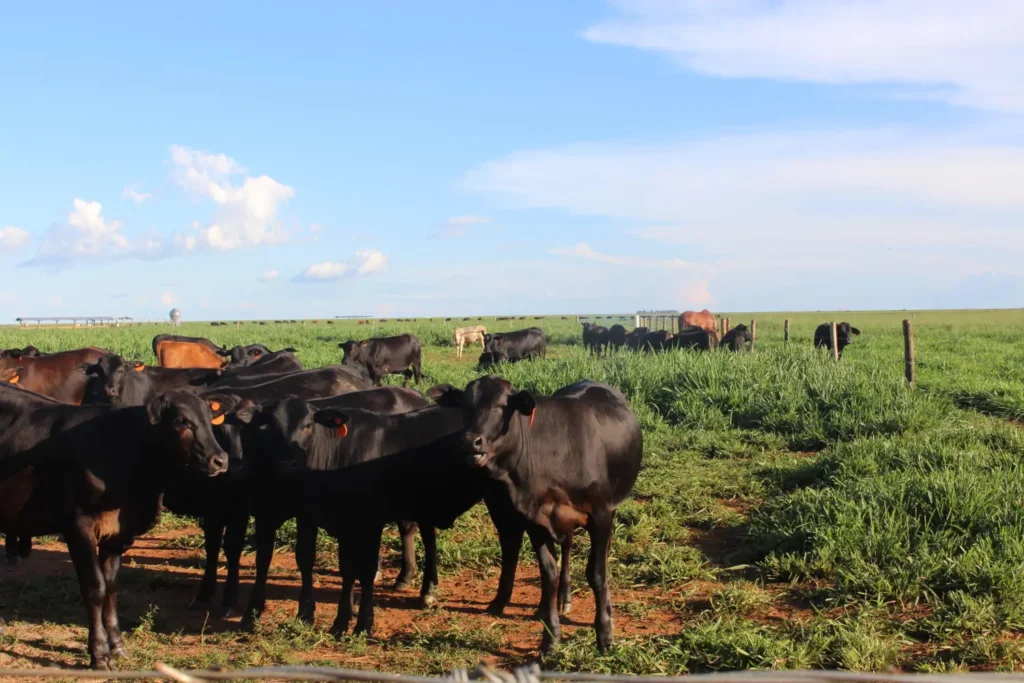
While these are positive examples, we cannot simply rely on these to paint a full picture of soy cultivation in the Cerrado. Publicly-available data on the relationship between soy production and deforestation in the Cerrado also show that soy is increasingly being grown sustainably. According to data from Agrosatelite, between 2014 and 2019 over 93% of soy production in the Cerrado has happened without causing native vegetation conversion. So, why are producers not being recognized for this? Roberto’s reflection is tainted with a little bitterness: “We are often excluded from the dialogues”, he shared. “A lot of the discussion happens above us, outside of Brazil, and often doesn’t take into account the practicalities on the ground.”
Take solutions like using previously-cleared land, like abandoned pasture, to grow soy. It is well understood that to meet the growing demand for soy we will need to produce more compared to current levels. This can happen by increasing productivity on existing land (and there is a lot going on in this space, even in Brazil, where average productivity is relatively high), or by expanding soy production into available cleared and suitable areas, without needing to clear native vegetation or forest. There are approximately 18 million hectares of available cleared area in the Cerrado, suitable for production. It seems relatively straightforward, but the reality is different. Expansion into available cleared areas is not always possible/practical for all producers. In addition, the economics of soy expansion complicate the issue.
According to a 2019 report by TNC, it is significantly cheaper for producers in the Cerrado to buy and clear land covered in native vegetation, than it is to buy or lease already cleared land. An additional problem lies with those producers who own surplus of legal reserves (above 20%) and therefore have much bigger incentives to clear this surplus rather than purchase land elsewhere. While the TNC report indicates that the return on investment from expanding soy production in available cleared areas is higher in the long term, most of the existing leasing terms in the Cerrado are relatively short (5 years). If you think it can take up to 10 years to bring the productivity of pastureland at optimal level for soy production, the math just doesn’t add up.
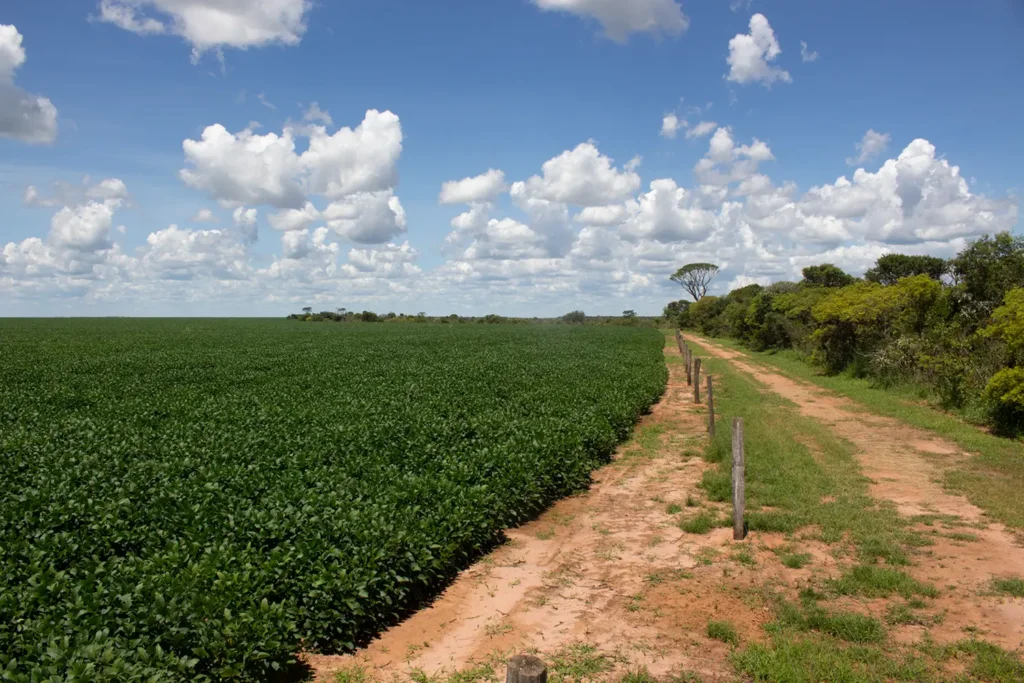
The following day, we met another producer from the area, whose family has successfully been growing soy, cotton and other annual crops for three generations. Luiz Antonio owns and manages the family business, which he inherited from his parents. He is also the Vice President of the No-till Association, and on the Board of the most important producer association in the area, AIBA. When asked about the value of native vegetation on his farm, and what should be done to encourage sustainable soy expansion, Luiz Antonio shows the same type of frustration shared by many producers in the Brazilian Cerrado. Beyond the legal obligation to maintain 20% of their land under legal reserve, “why should producers foot the bill of environmental conservation alone?” he asks. It’s a good question, and one which public and private sector alike, in Brazil and internationally, have been trying to solve for years.
Efforts to set up and successfully launch financial mechanisms to support sustainable soy expansion have been hindered by lack of alignment amongst the players involved, with a significant gap between expectations and the practicality of implementing solutions. Perhaps not surprisingly, the biggest push back to recent proposals has come from soy producers themselves, the ones who have so often been excluded from discussions around the future of their livelihoods. It is easy to forget about their role when discussing the Cerrado from the comfort of our meeting rooms. It is even easier to point fingers and blame them for the lack of progress when confronted with a polarizing and escalating public debate about deforestation. However, living and breathing their work, even just for a day, puts things into a very different perspective.
“The key for success is to link financial incentives to climate smart agriculture”, Luiz Antonio continues. He suggests that finding ways to help producers increase their resilience and productivity in ways that encourage the conservation of valuable habitats on their farms is perhaps the most critical success factor to maintain a strong agriculture sector, while delivering results for the conservation agenda. It makes perfect sense, but will it really be enough to address, once and for all, the link between agriculture and native vegetation conversion?
These three days gave me only a fragmented and incomplete view of the reality of growing soy in one of the most ecologically-significant biome on earth, faced by scrutiny and criticism from all angles. I still have many questions, and if anything, my commitment to lead the work of the Soft Commodities Forum is injected with a new sense of urgency. What has become clear to me is that we cannot talk about soy and deforestation in the Cerrado without talking about and – most importantly – with, producers. They are the pulsating heart of the Brazilian economy, and no solution will work without them.
WBCSD news articles and insights may be republished in accordance with the Creative Commons Attribution-NonCommercial-NoDerivatives 4.0 International Public License, and in accordance with our Privacy Policy. All Content must be featured with due credits.
Related
Content
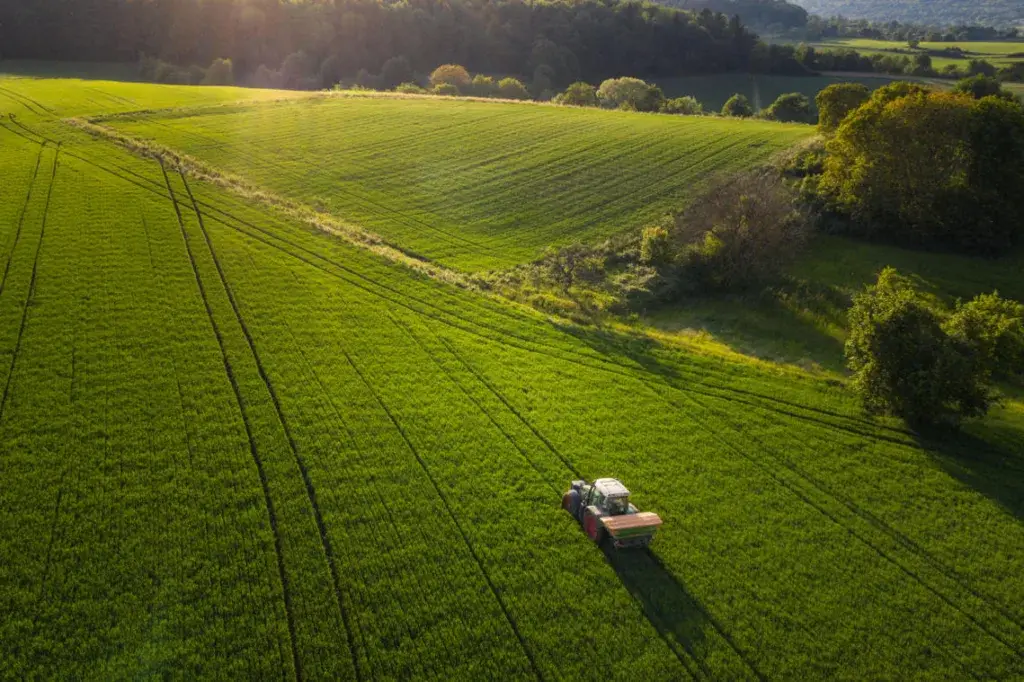
The future of food – How Kraft Heinz is working toward and contributing to a more sustainable food system
17 October, 2023
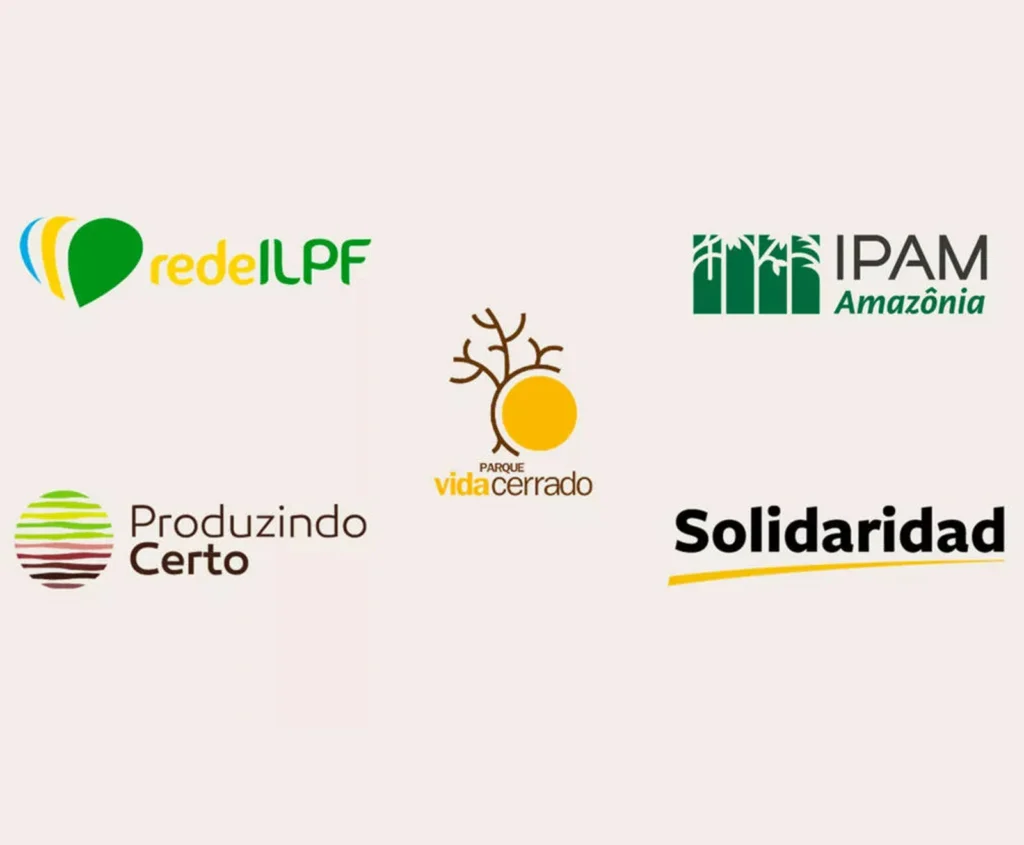
Farmer First Clusters: Partnerships for Sustainable Land Use in the Cerrado
27 September, 2023
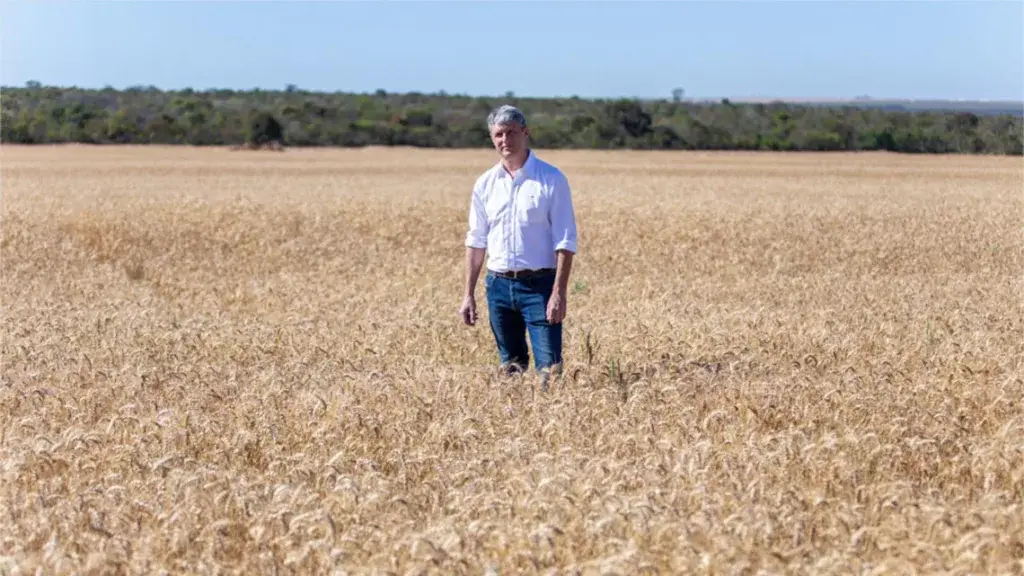
Insights from a Bahia soy producer: The challenges of nurturing sustainable farming in the Cerrado
27 September, 2023

